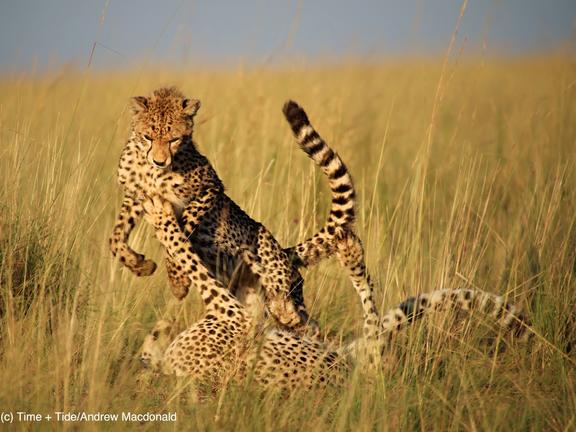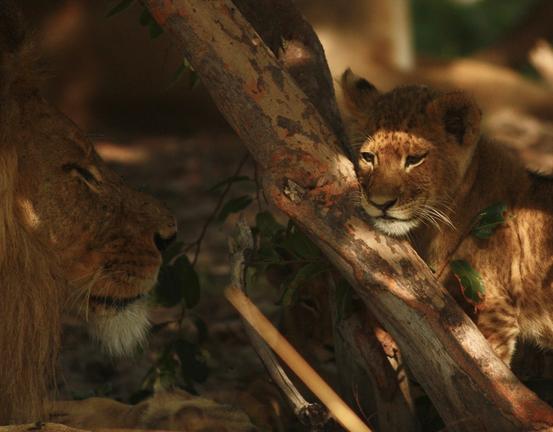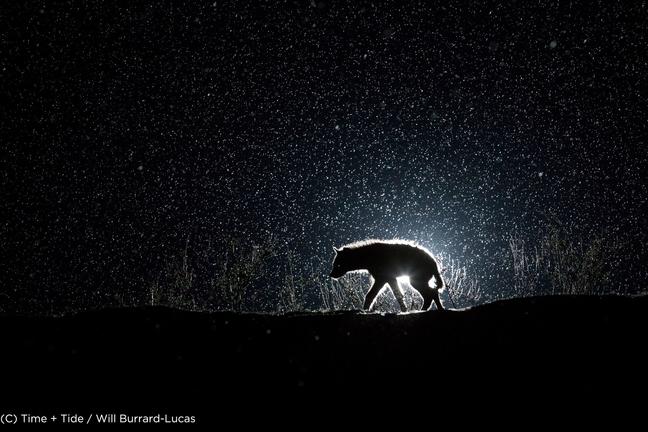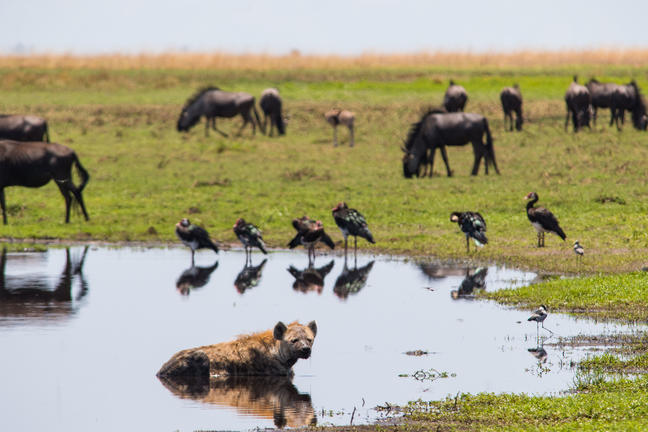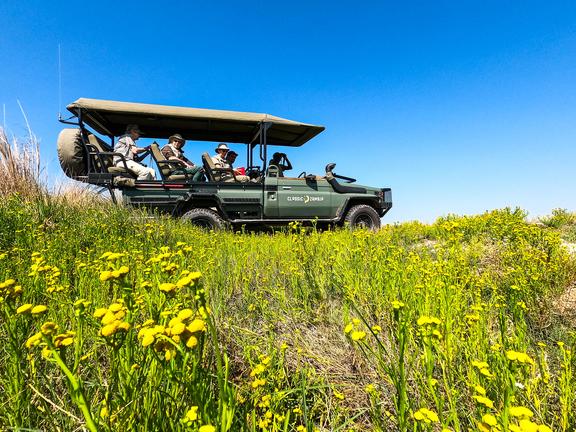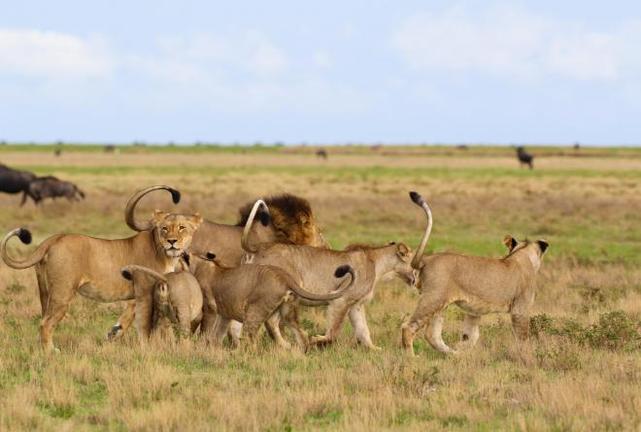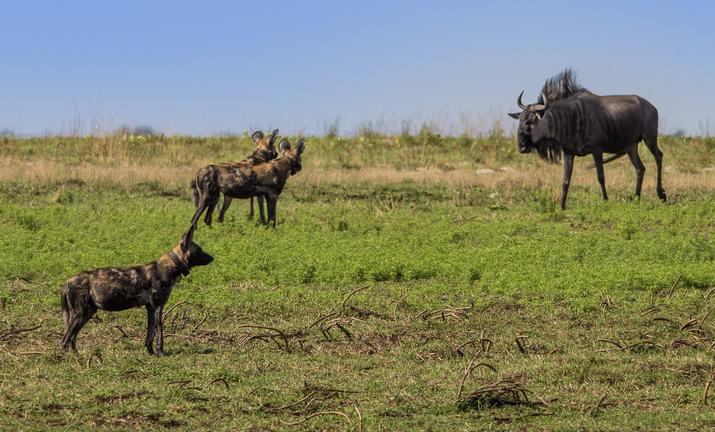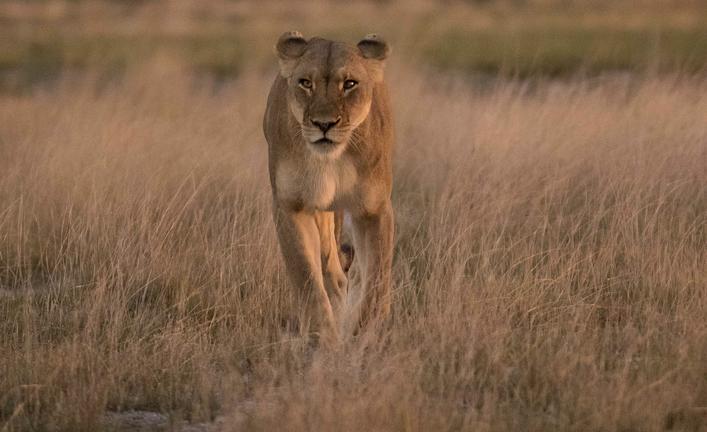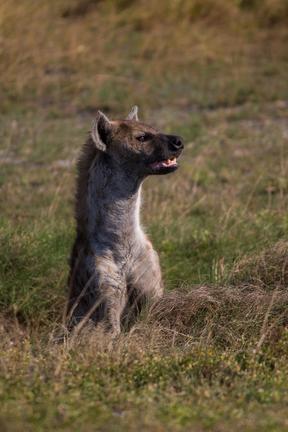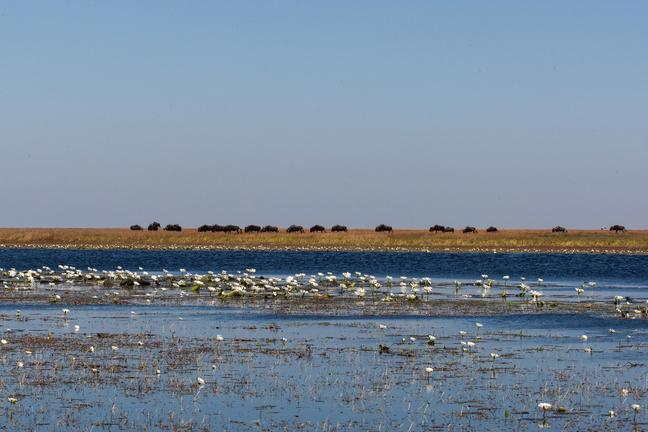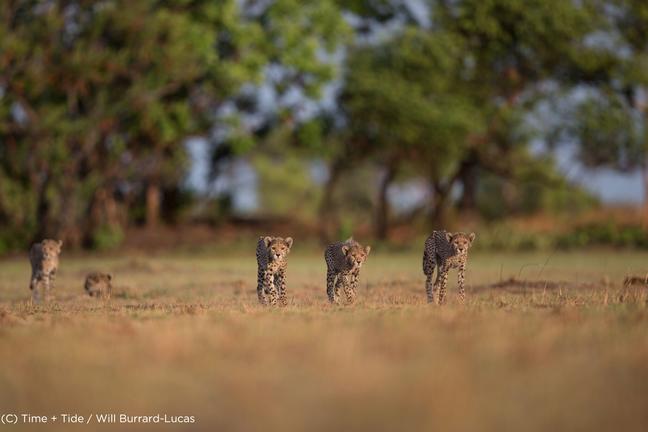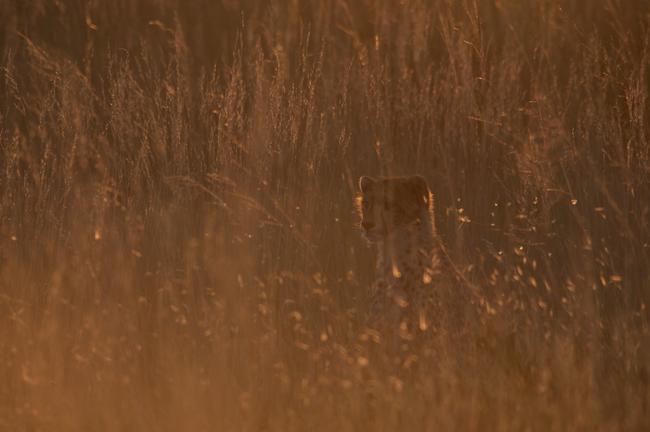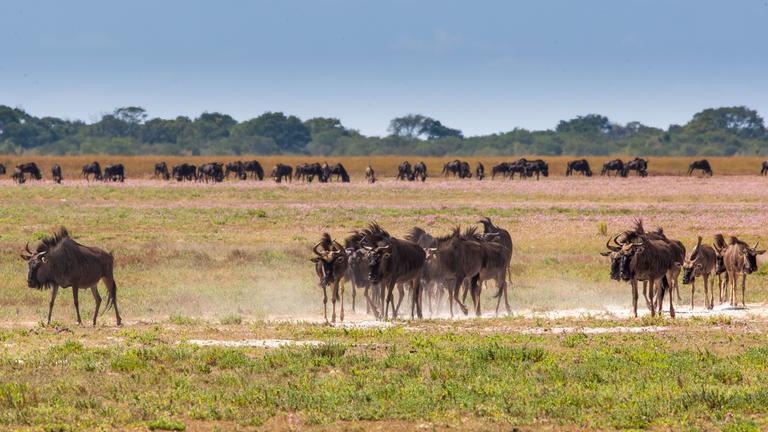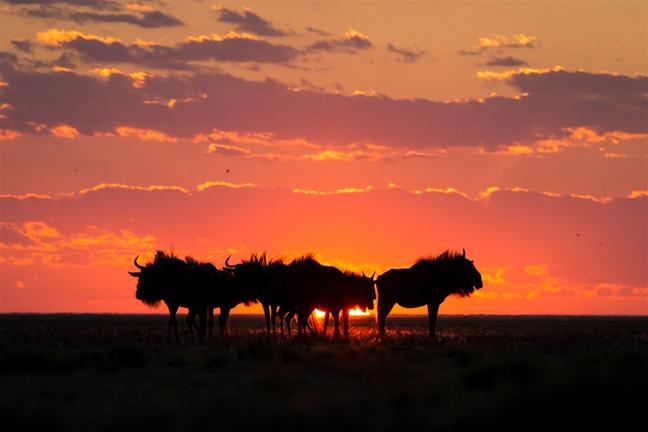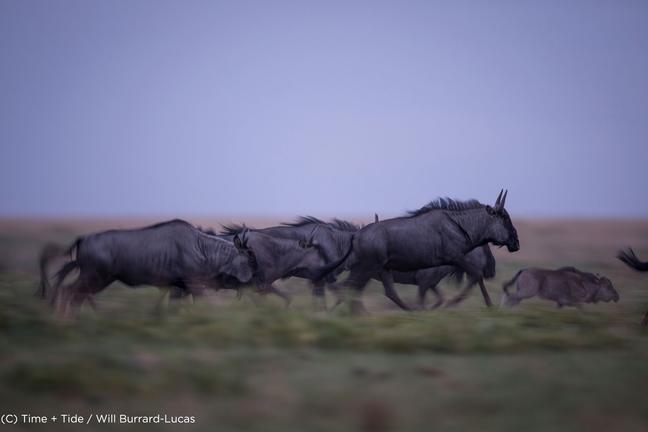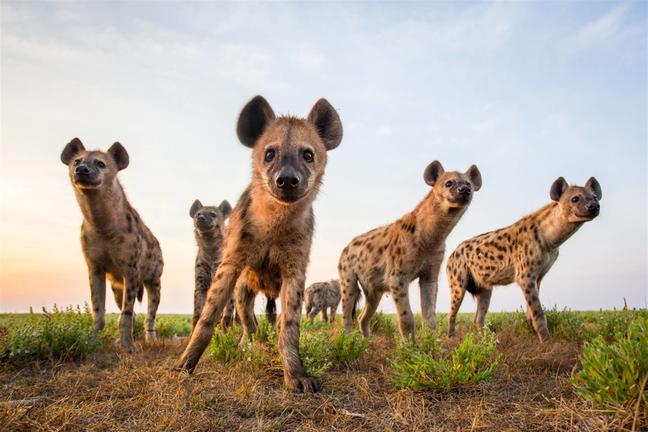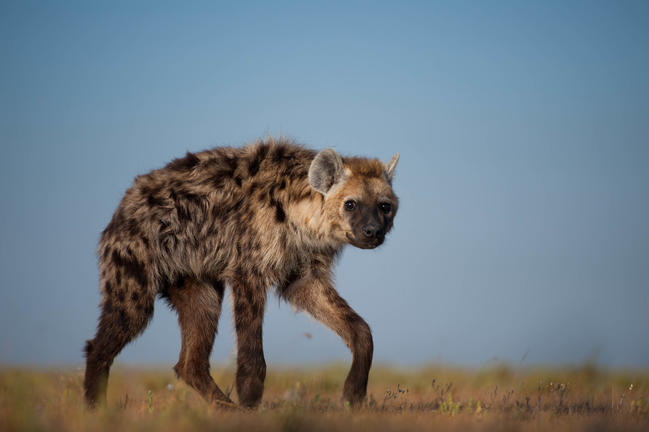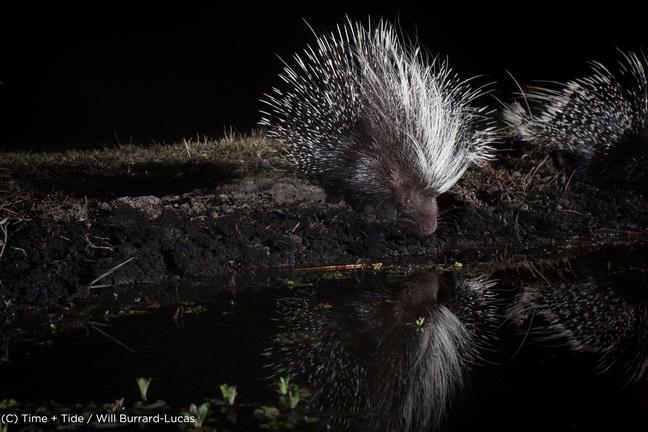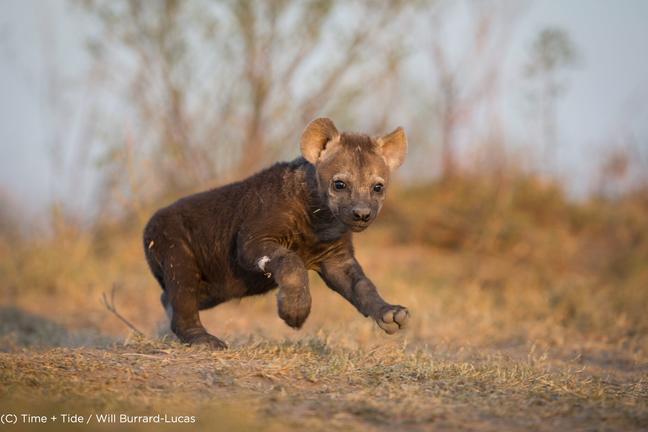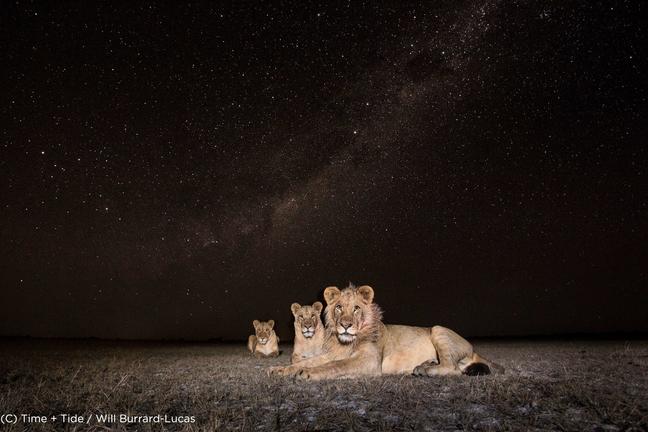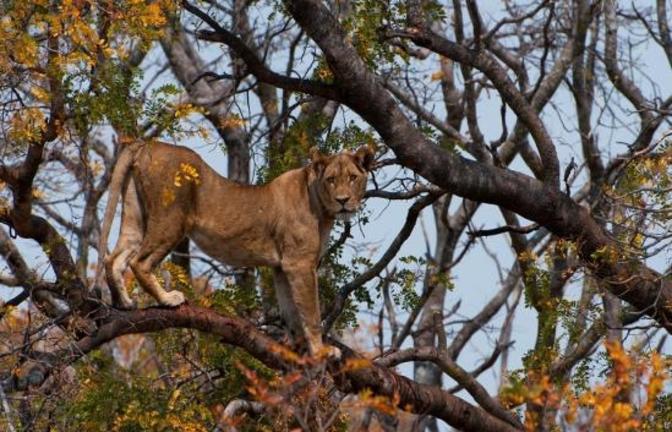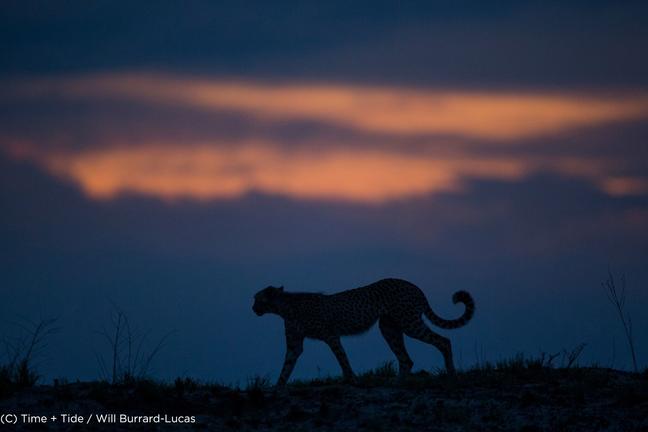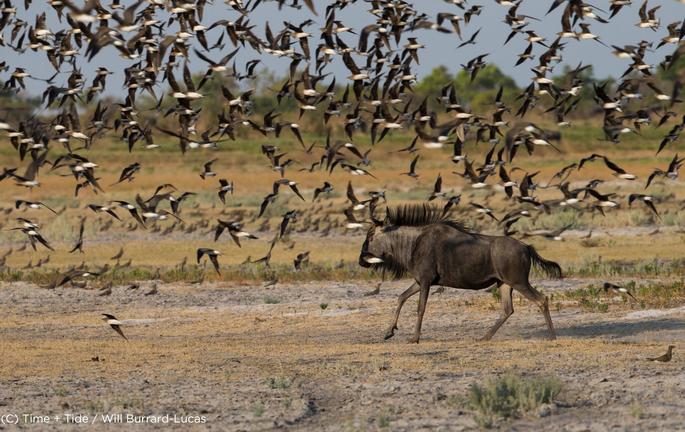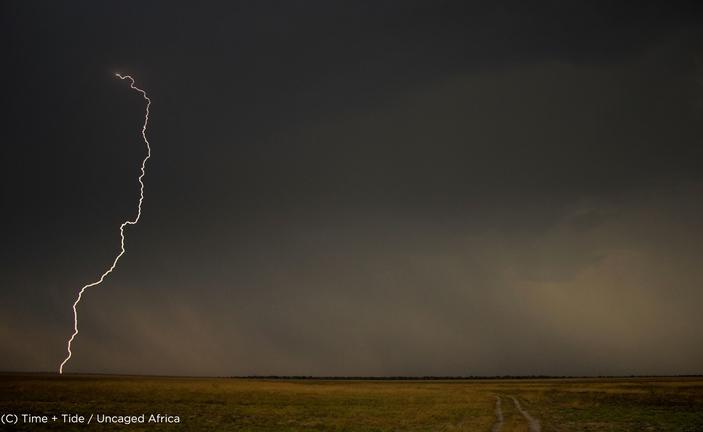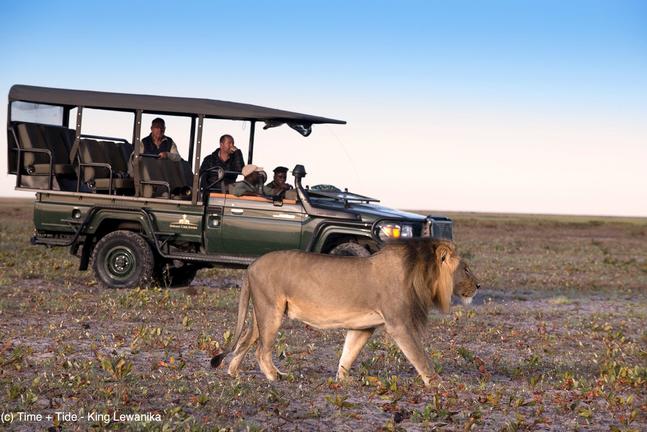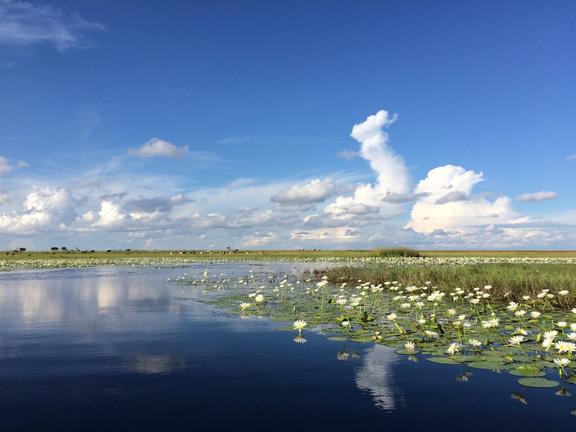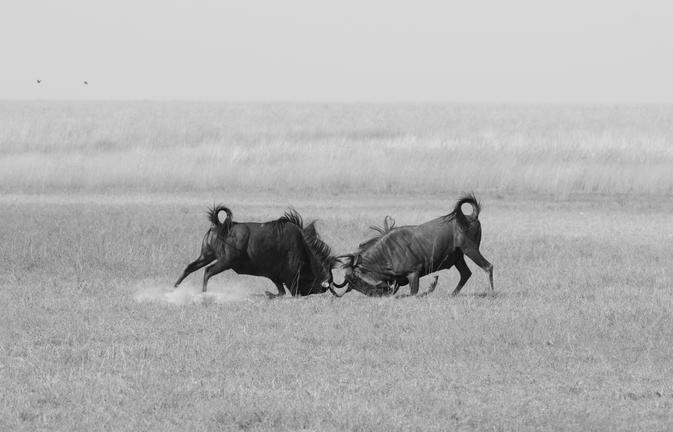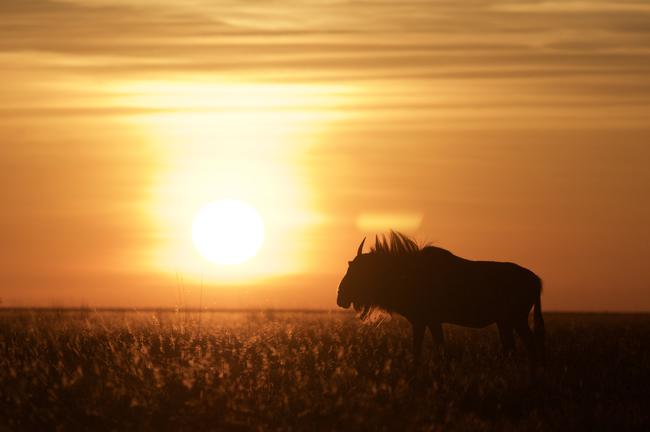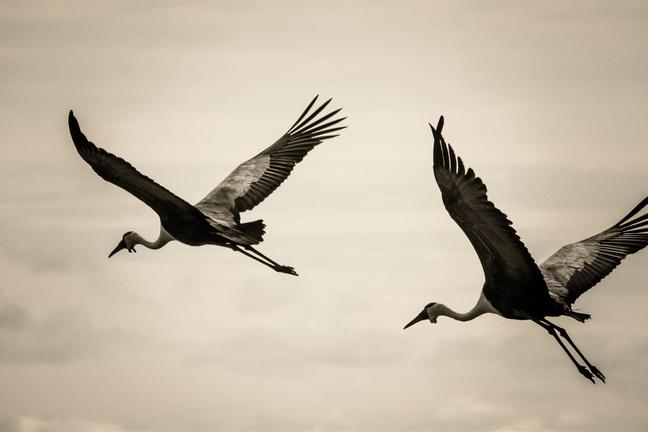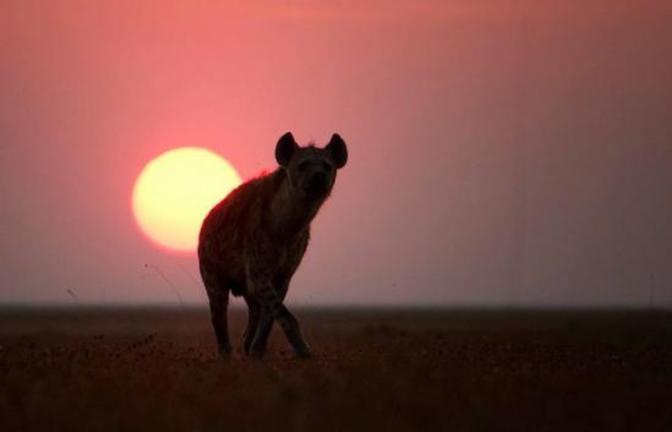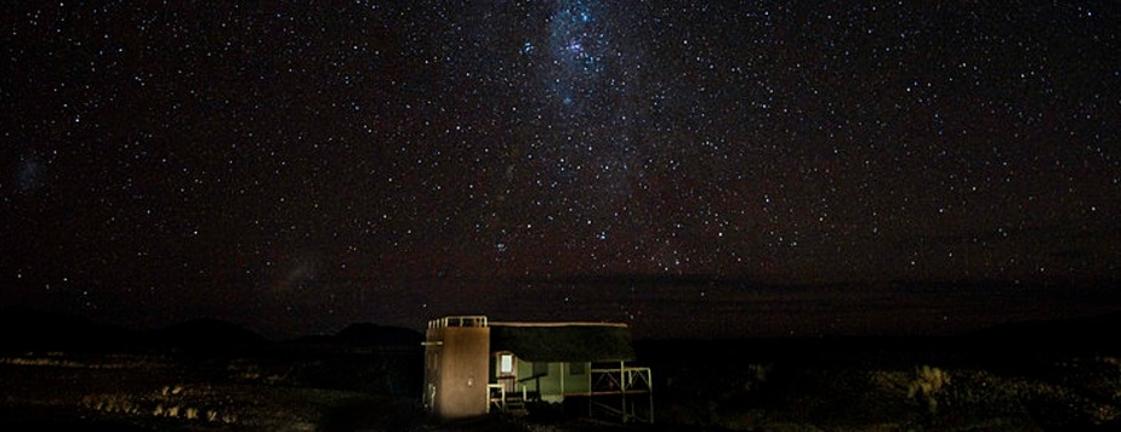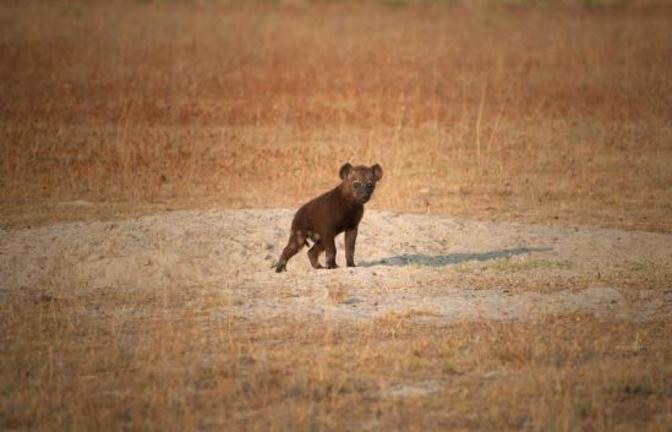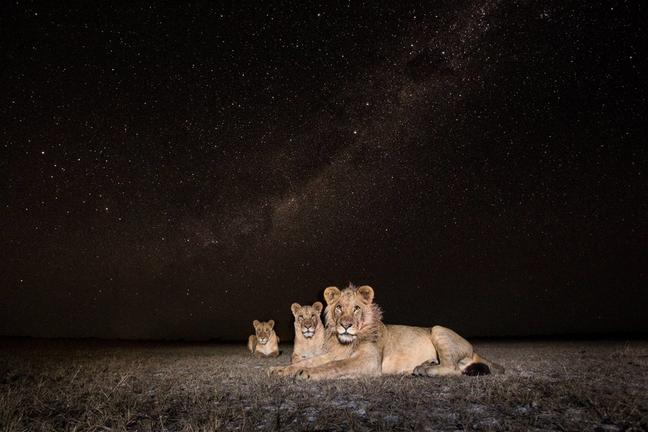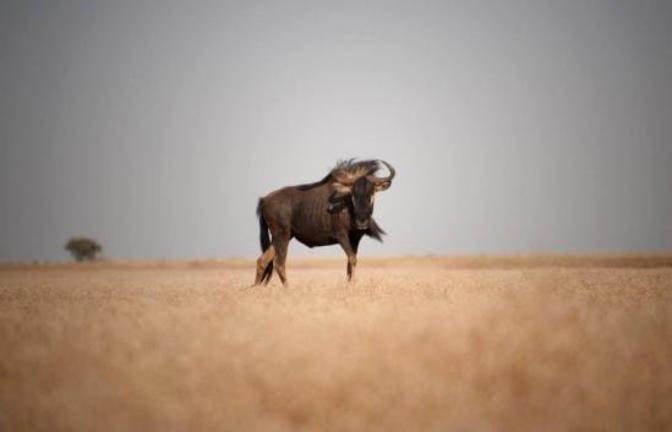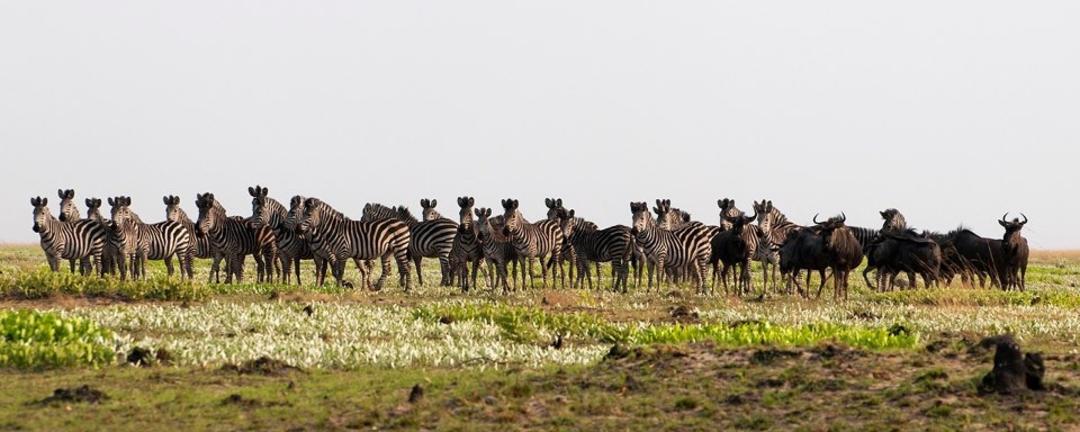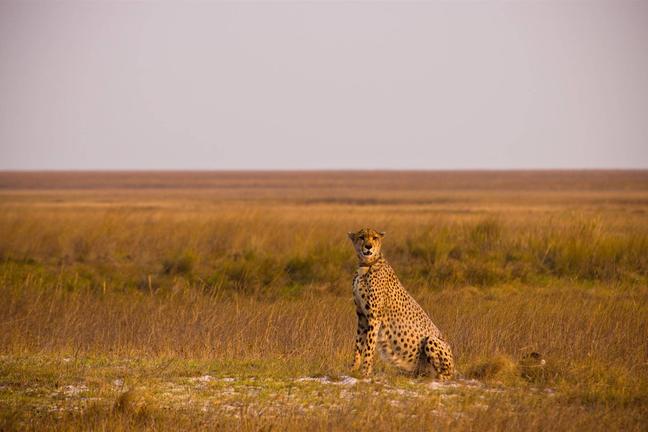The vast and remote Liuwa Plain National Park is one of Africa's last untouched wilderness areas situated on the upper Zambezi floodplains of western Zambia and is bounded by the Luambimba and Luanginga Rivers.
It has a long and rich history, having originally been proclaimed a protected area by the King of the Lozi people in the 1880s. The Monarch is called the Litunga, meaning 'keeper or guardian of the earth'. It is the only National Park in Zambia where people live inside the Park as well as in the surrounding areas and the Lozi people of the area were originally placed in the park by the Litunga as his official gamekeepers.
Since 2003, the Park has been managed by conservation non-profit, African Parks, in partnership with the Zambian Department of National Parks and Wildlife and the Barotse Royal Establishment.
In addition to its famed lions, Liuwa is home to the second biggest wildebeest migration in Africa. Every year tens of thousands of blue wildebeest graze their way north (starting early July) and then when the rains build up in late October they head southwards again following the numerous pans and nutritious forage they offer.
The Park hosts a burgeoning cheetah population, the apex predator, hyena, in clans of up to 50 individuals, abundant zebra, red lechwe and tessebe herds and more than 300 bird species including rare and endangered wattled cranes.
The landscape holds a special magic, with dramatic thunderstorms gathering on the horizon to build up to an awe-inspiring spectacle (Oct/Nov) and the stark contrast of green and gold grasslands against the dark and ominous blue of a rising storm.
Liuwa Plain is home to the second largest wildebeest migration in Africa and seasonal floods transform the flat grasslands into a wetland paradise. Hisotrically used as a royal hunting ground, it now a protected area and the people here are the custodians of the reserve and its wildlife – including the famous Liuwa lions, hyenas and cheetahs.
The park’s s growing wildebeest population of between 40,000 and 50,000 individuals migrate within the broader Liuwa system, moving between the numerous pans and following seasonal burns. They are joined by herds of zebra, tsessebe and lechwe, and predators such as wild dog, hyaena, cheetah and lion.
The park has a large population of hyaena, with an estimated 200 in the park and a population of between 400 and 500 in the broader landscape. In the absence of a significant lion population, the hyaena rapidly ascended to the position of apex predator in the park.
Many other species of antelope are flourishing in the park, including zebra, red lechwe and tsessebe.
